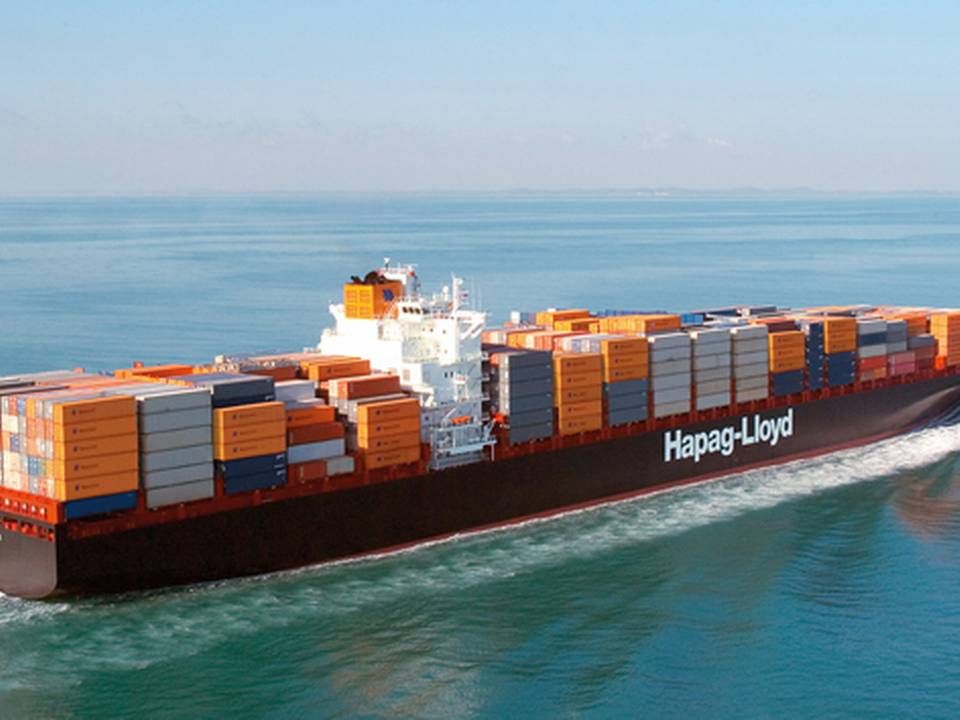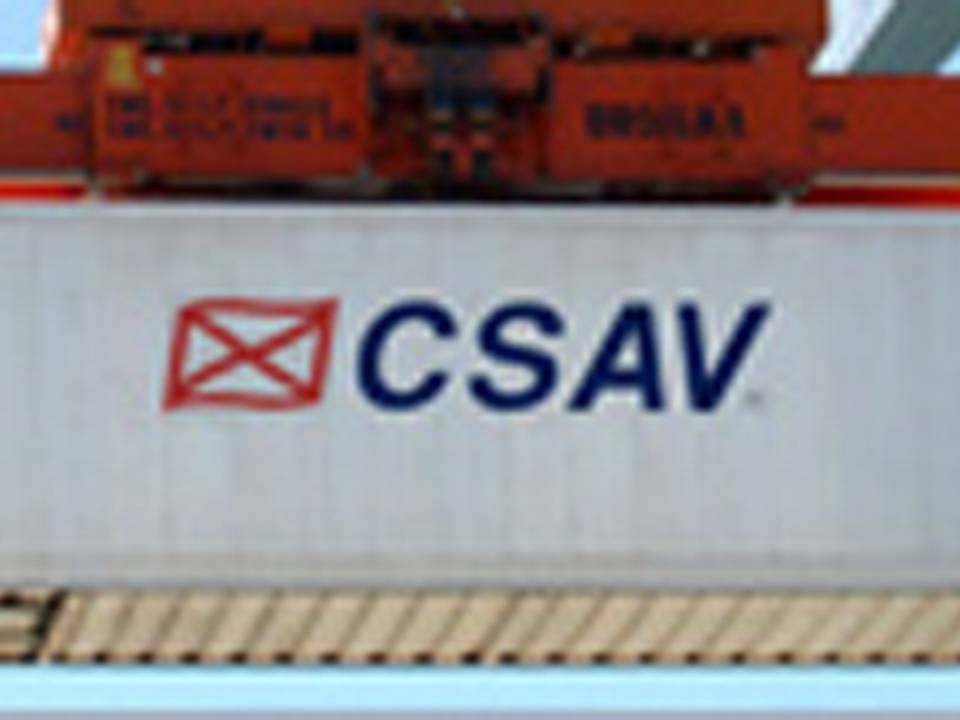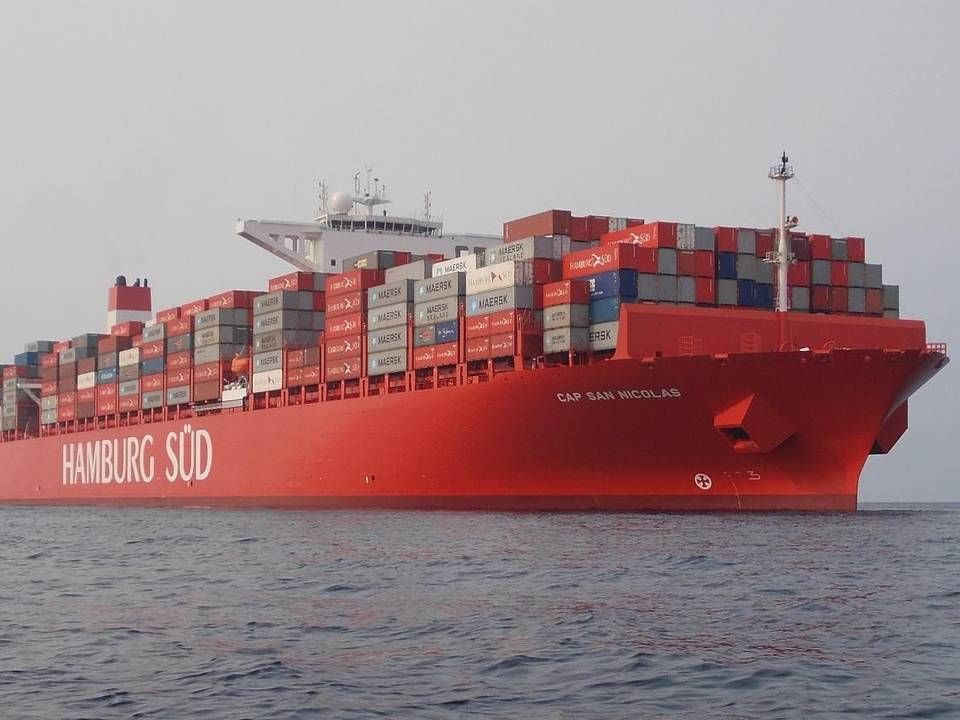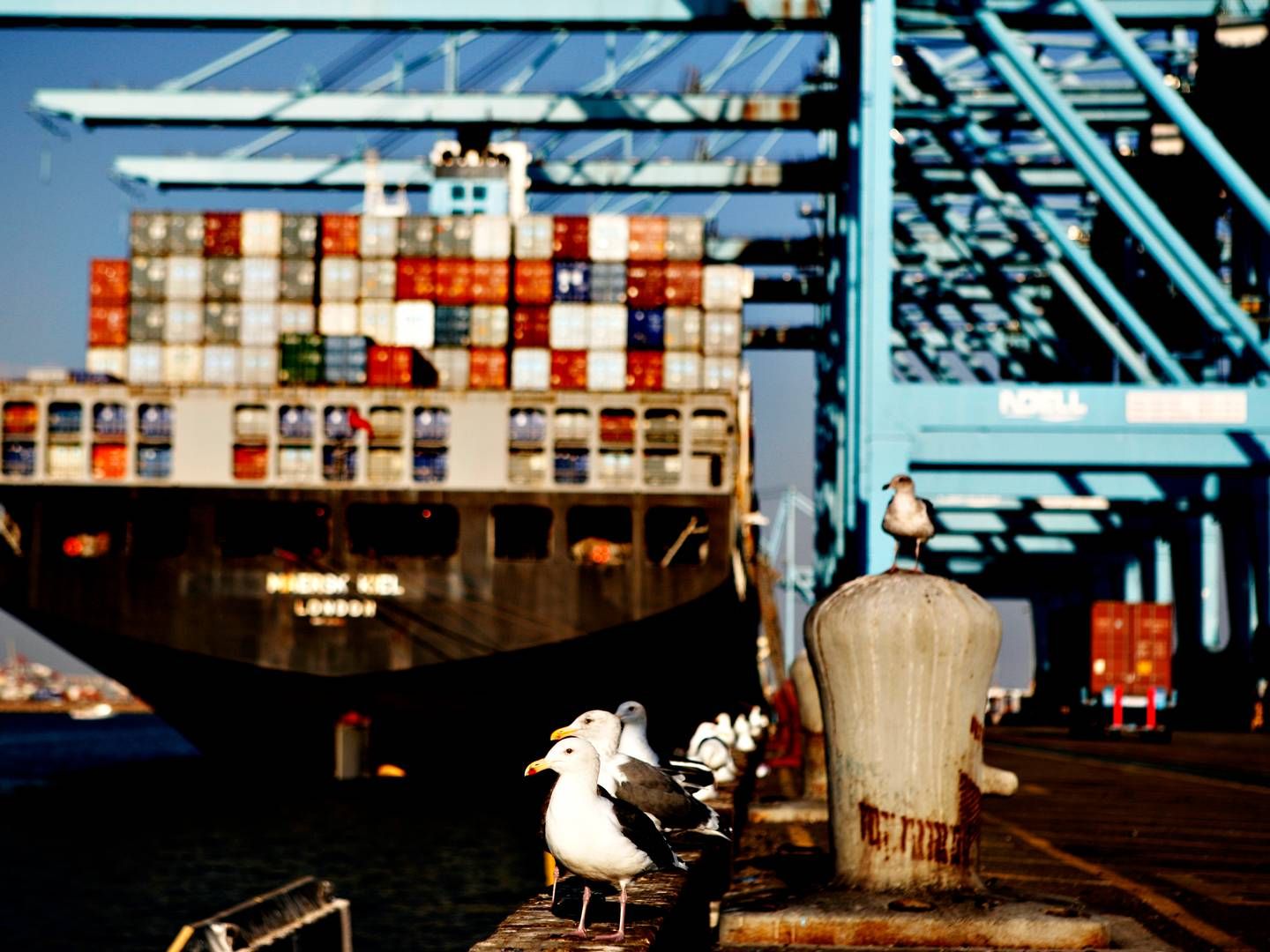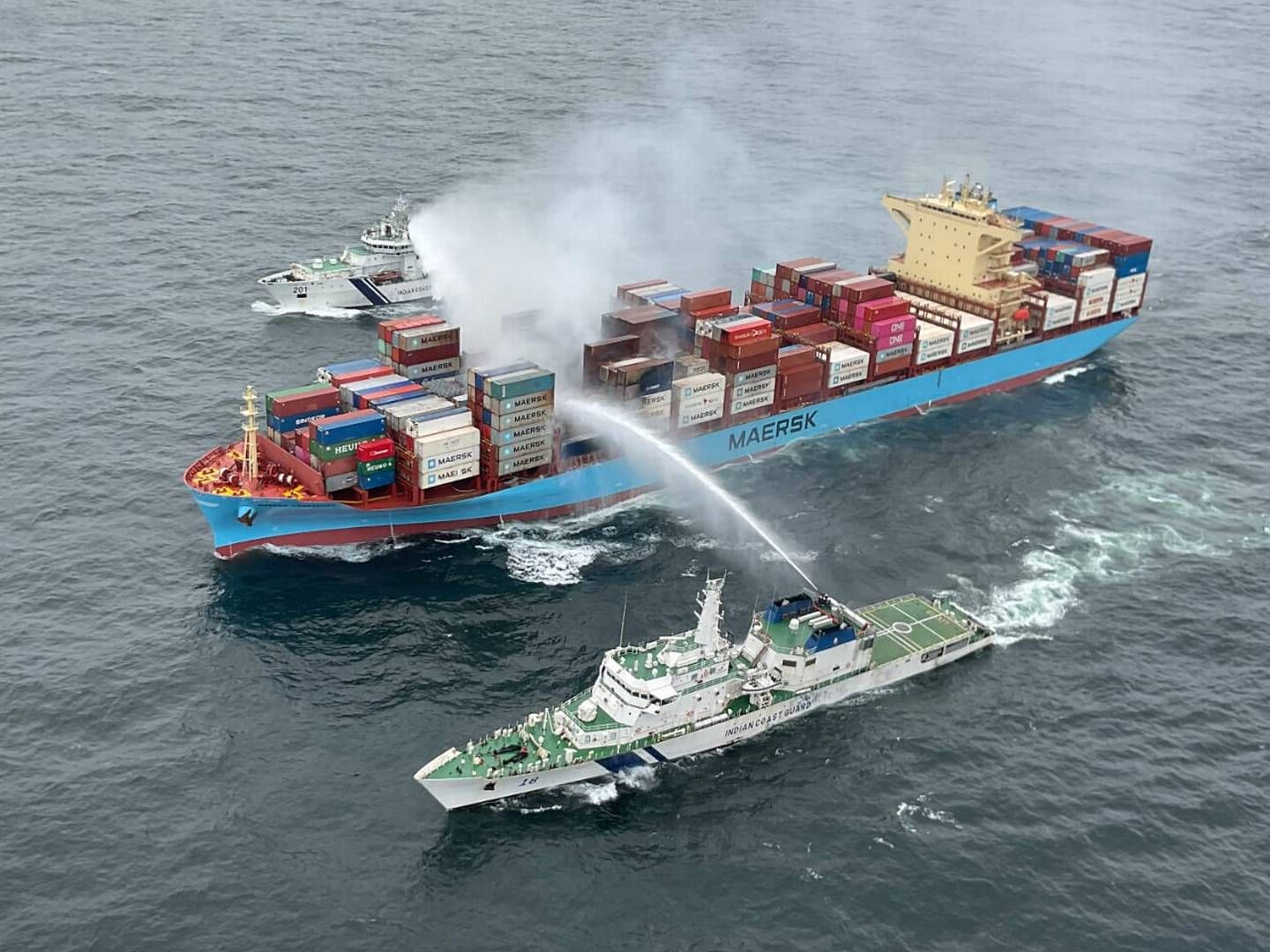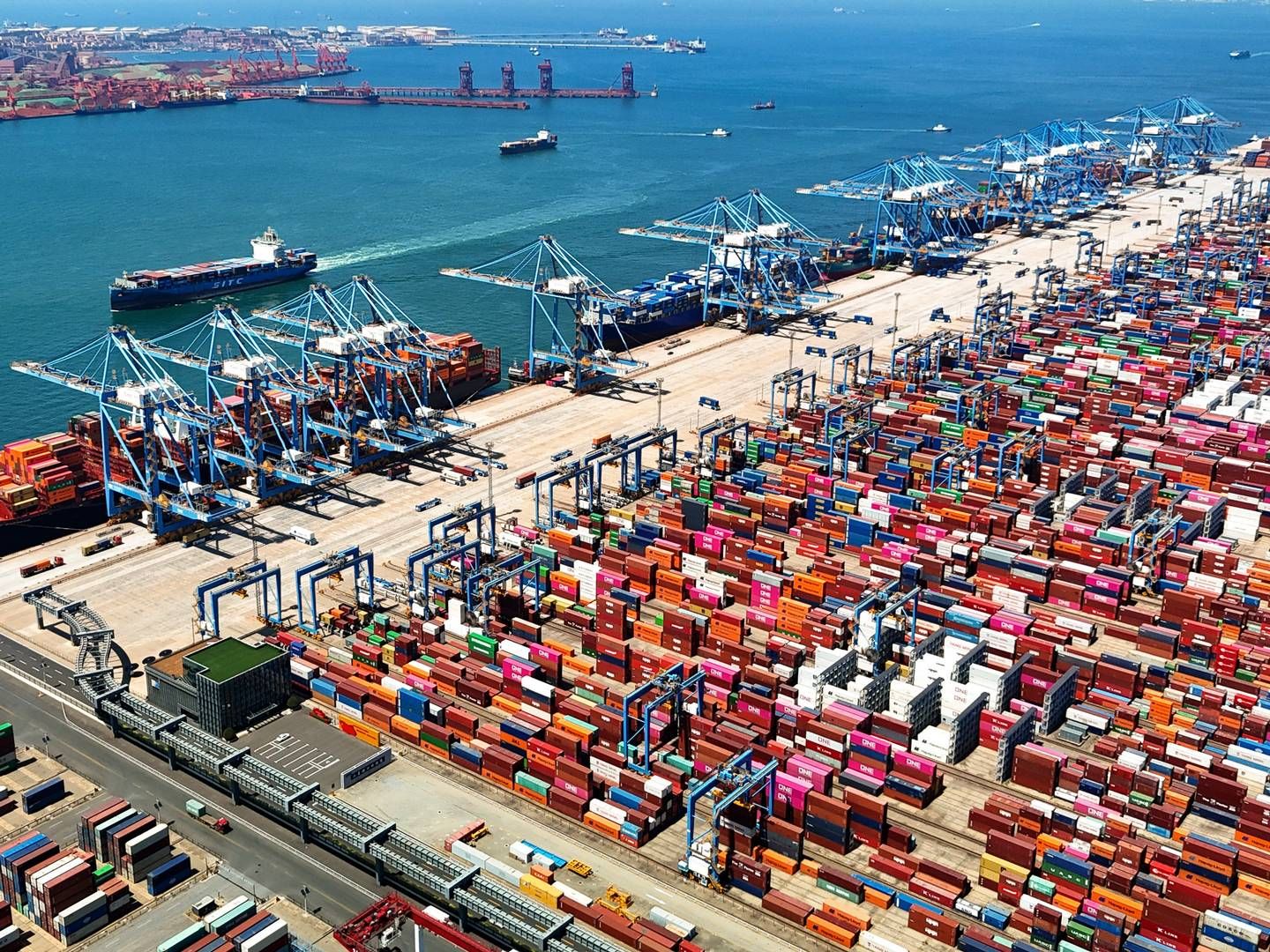Hapag-Lloyd moving closer to merger
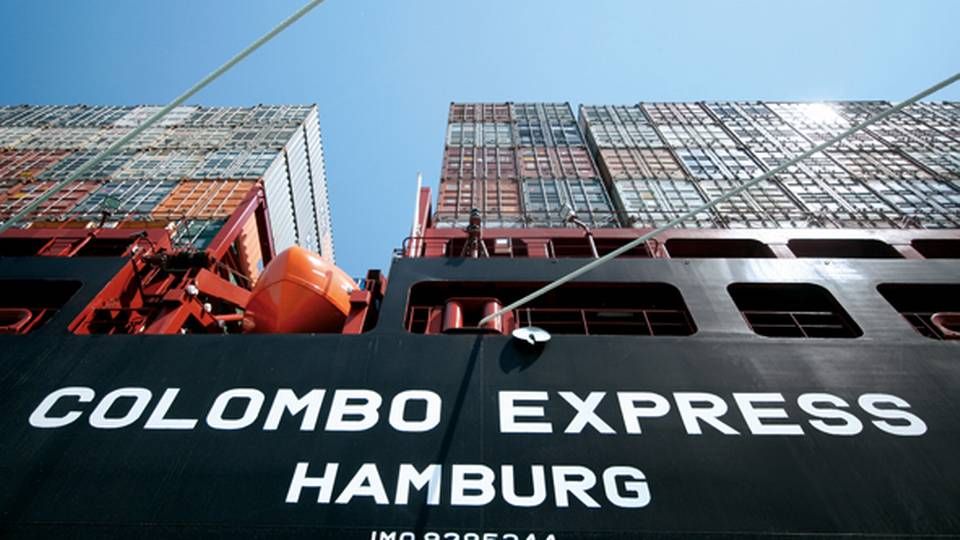
Late Tuesday night CSAV's bond-owners agreed to changed conditions, says Bloomberg News, referring to a press release.
The two carriers went public with their merger plans on January 22nd this year, though there are still several formalities that need to be settled. Among other things, CSAV will hold a General Assemble on Friday about the matter, which needs 95 percent support from shareholders, who will also have to approve a USD 200 million capital injection.
The carriers expect to save around USD 300 million per year through synergies, and the companies' owners plan to subsequently inject triple-digit millions of euros as fresh capital over the next year, in an effort to complete a new business plan involving cost reductions and fleet renewals.
The two carriers' marriage plans are a consequence of the overcapacity characterizing the container industry, and fact that has also made A.P. Moeller-Maersk's Maersk Line join the so-called P3 collaboration with its two greatest competitors, MSC and CMA CGM - if the alliance if approved by the authorities.
New alliance settles in on Asia-Europe
Hapag-Lloyd is currently the world's fifth largest container carrier, with a global market share of around 4.1 percent, while CSAV is ranked 20th with a 1.5 percent global market share, according to data from Alphaliner. Maersk Line tops the list, with 14.5 percent.
The combined German/Chilean carrier would rank 4th, with a total capacity of around 1 million teu and an annual revenue of approx. USD 12 billion.
Hapag-Lloyd and CSAV agree on merger
Related articles
Hapag-Lloyd and CSAV agree on merger
For subscribers
CSAV share plummets following Hapag-Lloyd deal
For subscribers

